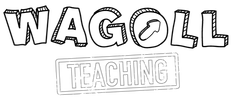|
As a teacher, capturing and maintaining your students' attention is crucial for effective teaching and learning. Understanding the complex relationship between hormones like dopamine and cortisol, and attention can assist with lesson planning. Dopamine, associated with pleasure and reward, plays a critical role in reinforcing positive behaviours and enhancing immediate attention. In contrast, cortisol, the "stress hormone", can either enhance or impair short-term attention depending on its level. By leveraging this knowledge, teachers can create a learning environment that promotes optimal learning and memory performance, and helps students maintain focus and engagement in the classroom. But what is the connection between dopamine, cortisol, and attention, and how can this knowledge be applied to teaching practices to keep students engaged and attentive?
10 Comments
I have worked with Century for the past 3 or 4 years both as an Ambassador and as a Primary School Leader. Through the latter, I have worked with teachers to embed Century Tech, an online learning tool, into the Primary classroom to truly integrate teaching and learning with technology. We are still on this exciting journey but I thought I would share our progress so far...
Both in the UK and across the globe, schools had adopted the CAT4 test which measures student's four main types of ability known to make a difference to learning and achievement. CAT4 provides an independent perspective on potential pupil achievement that can be used to identify and reveal a child's true hidden potential. But once you have done the assessment what do you do next? What do all the numbers mean and how can we analyse them at a deeper level to really gain a better understanding of our children? Moreover, how do we know if we need to do things differently in the classroom?
What does mastery and depth of knowledge actually look like and how can we promote it in a fun and engaging ways? To put it short, children should have a solid understanding of what they have learnt and be able to recall facts, use skills and understand concepts permanently. To allow children to develop this solid understanding, children should be using and applying and evaluating their learning. Here are our top 5 activities to promote mastery skills and deepen understanding in your classroom!
As the new academic year approaches, hundreds and thousands of Newly Qualified Teachers will be backing boards, moving tables and preparing for their first ever class that is officially theirs. It is time to go it alone and with this comes excitement, but also anxiety, worry and a little bit of fear.
Over the years, I have created a number of videos that focus on various key aspects of teaching and classroom life. I have compiled the most NQT relevant posts and included them in this article for you to digest. Hopefully, this will take you through a few key areas to consider when preparing for the new school year and your first ever class! Having an open mindset is the belief that this is simply not true. It is the belief that just like your muscles, you can train, refine and grow your brain and increase its capacity for information and skill acquisition. Growth mindset has been another buzzword floating around for the past 10 years in education, but what does it actually mean and how do you develop a growth mindset in your classroom? It sounds complicated but actually, you can grow children's mindset organically and subtly, by making a few small tweaks to your day to day teaching.
Incase you missed it, we shared 25 top teaching tips for advent via our Social Media accounts. For your ease we have listed all of them below in one festive blog for you to refer back to any time you like. You are more than welcome! As always, please do get in touch with any pictures, videos or comments on how you used these tips in your classroom. We love hearing from you! We hope you had a very Merry Christmas and a Happy New Year!
Do you often find yourself stuck when planning a lesson? Do your lessons run over or lose direction? Teachers often have these struggles when planning lessons. Lesson cogs is a simple way of looking at lesson planning. by understanding the cogs that make up a successful lesson, you can easily use them to sequence activities and tasks to make great learning happen. Each cog links to a type of child or teacher-led activity that plays a part in learning. But what are the cogs and what do they look like in a lesson? Below, we break down each cog for you - enjoy!
Differentiation is a huge topic and can sometimes appear impossible to achieve completely. But by understanding the basics and handing the choice over to the children, it can be far easier to manage. Find out what basic personalised learning looks like and some handy hints to support your lesson planning!
Do you like Marmite? You either grinned and licked your lips or you grimaced and shuddered, “NO!”, thinking of that brown sticky goo that belongs in the depths of the bin. I’d expect similar reactions if I asked you, “Do you like teaching Guided Reading through a carousel?”
|
SearchWith a keen interest in the neuroscience and psychology of learning, WAGOLL Teaching is about sharing research alongside great, simple teaching ideas to a global teaching community.
Ben has been in education for over 10 years and is passionate about simplifying high quality teaching and learning through innovative and practical approaches in the classroom. sUBSCRIBE |
|
Who are we? |
With a keen interest in the neuroscience and psychology of learning, WAGOLL Teaching is about sharing research alongside great, simple teaching ideas to a global teaching community.
|
All copyright reserved ©.
I would like to remind all visitors to this website that all pages on this site are copyright protected, unless stated. Most importantly, this site is for the use and enjoyment of all children, parents, guardians, carers and teachers who are involved in WAGOLL Teaching. Please use the resources/ideas as you need without replicating them for your own gains.
I would like to remind all visitors to this website that all pages on this site are copyright protected, unless stated. Most importantly, this site is for the use and enjoyment of all children, parents, guardians, carers and teachers who are involved in WAGOLL Teaching. Please use the resources/ideas as you need without replicating them for your own gains.


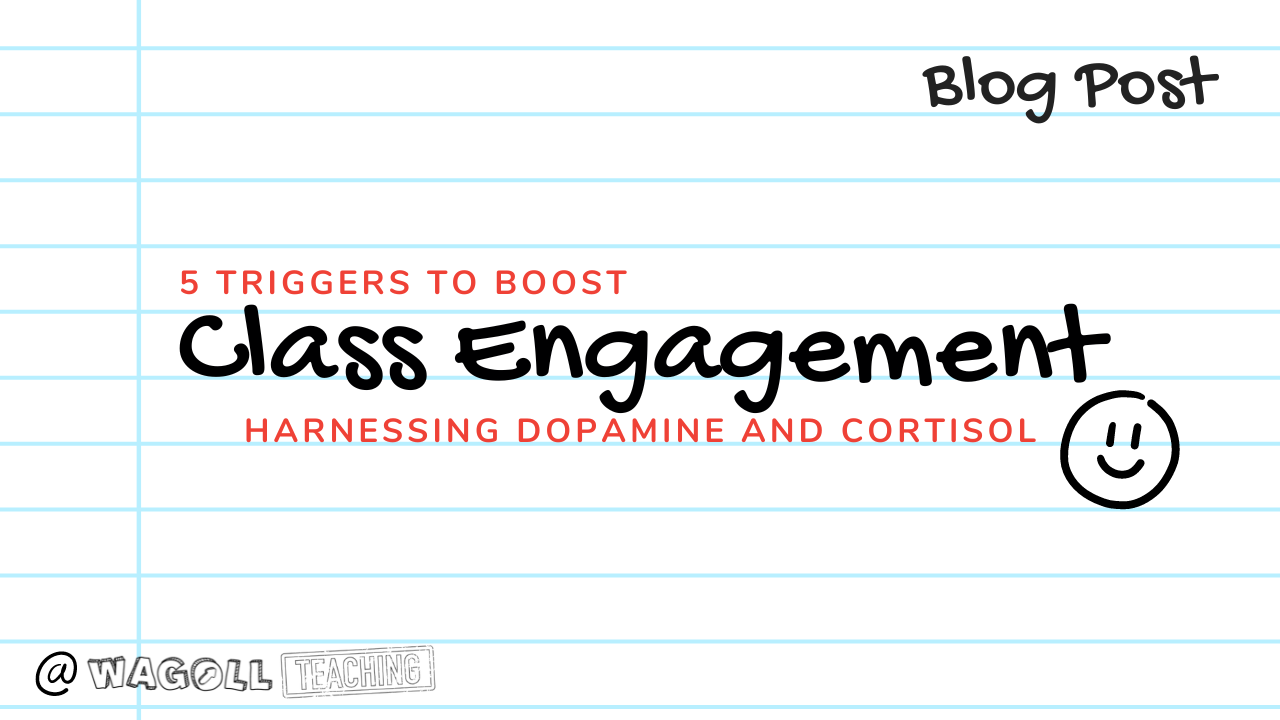
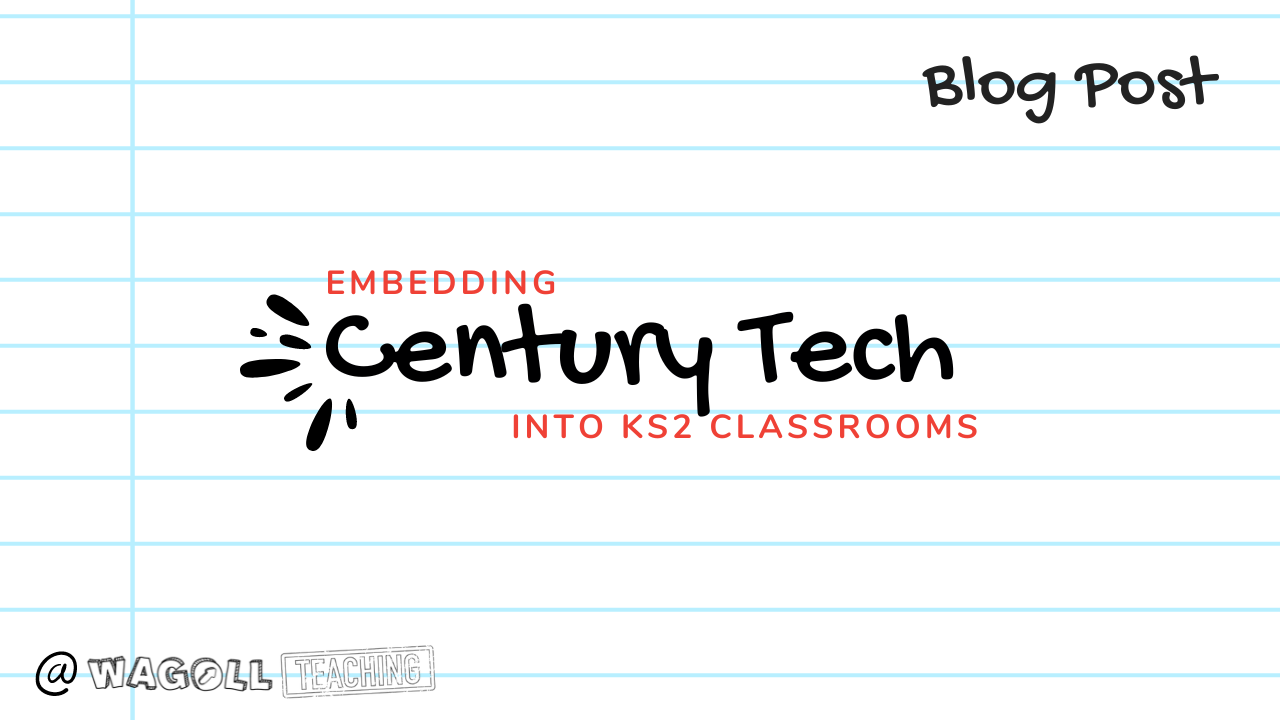
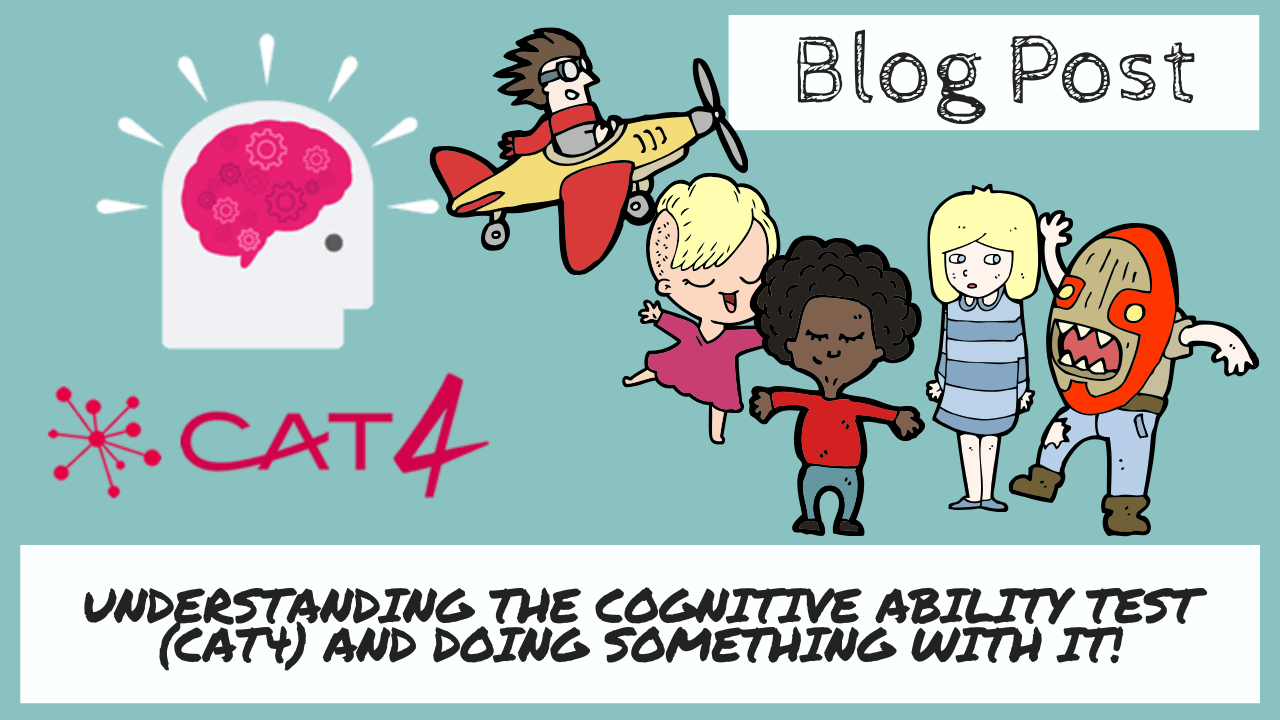
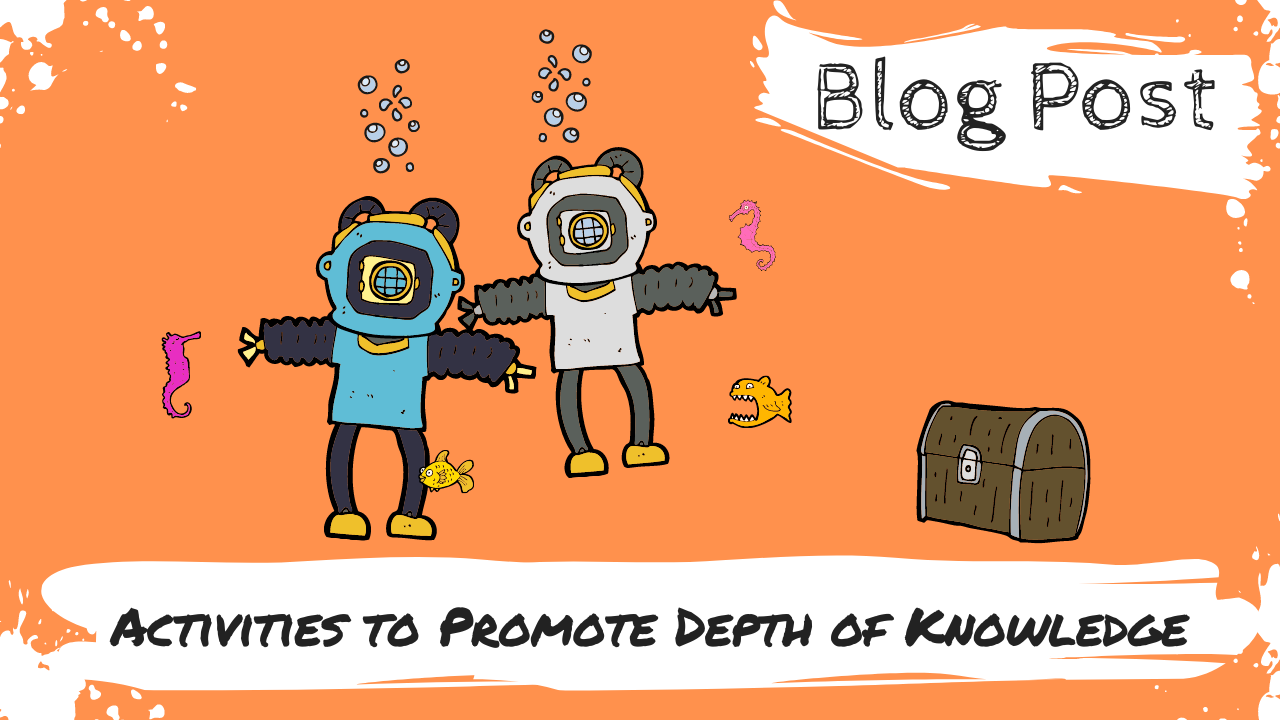
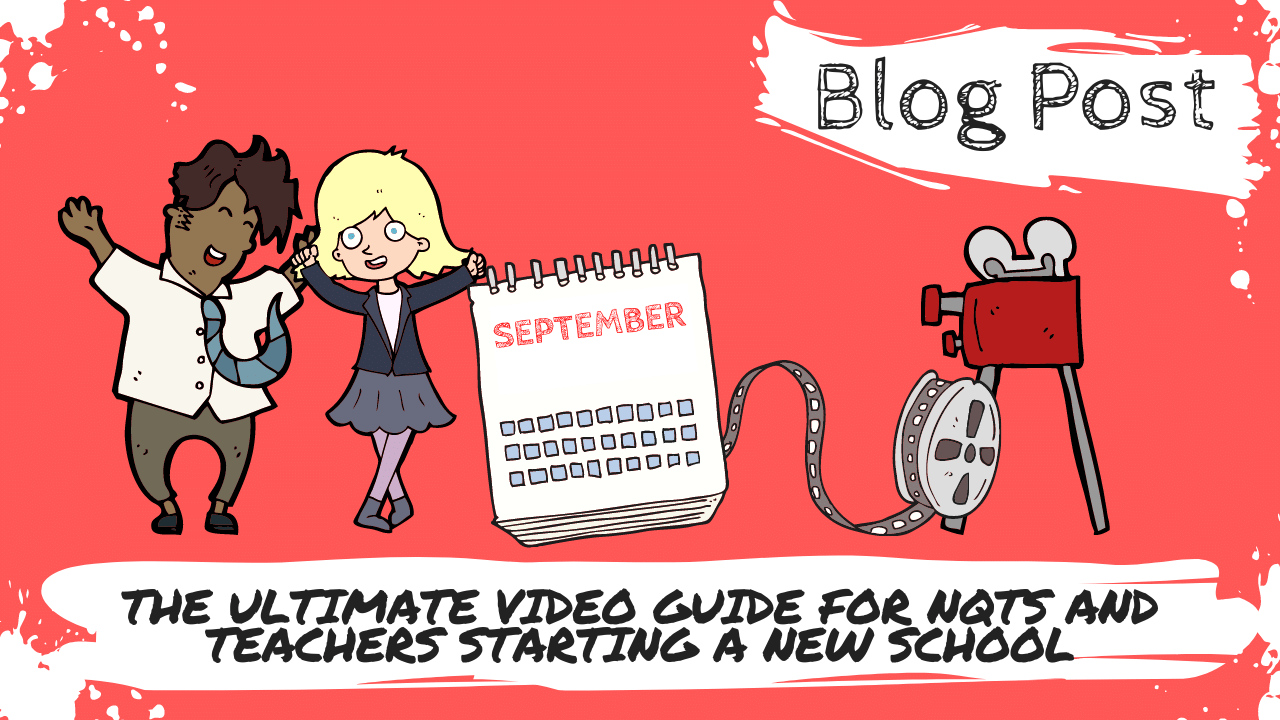
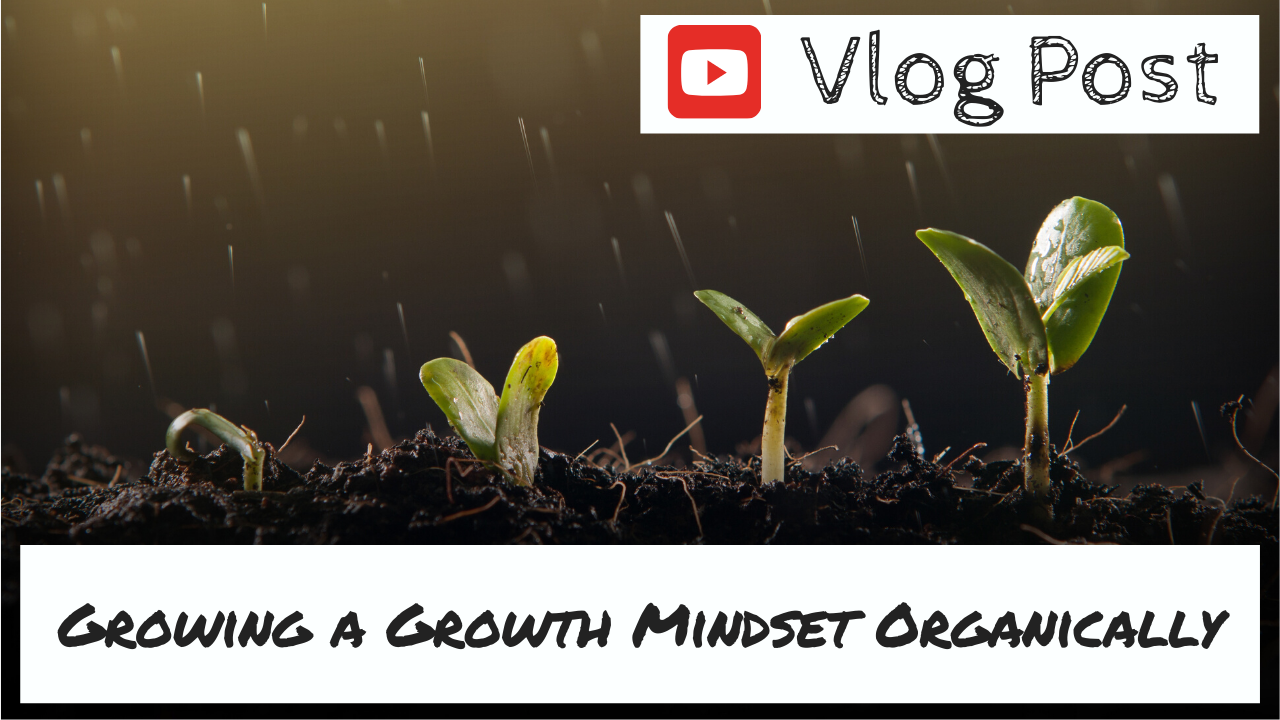
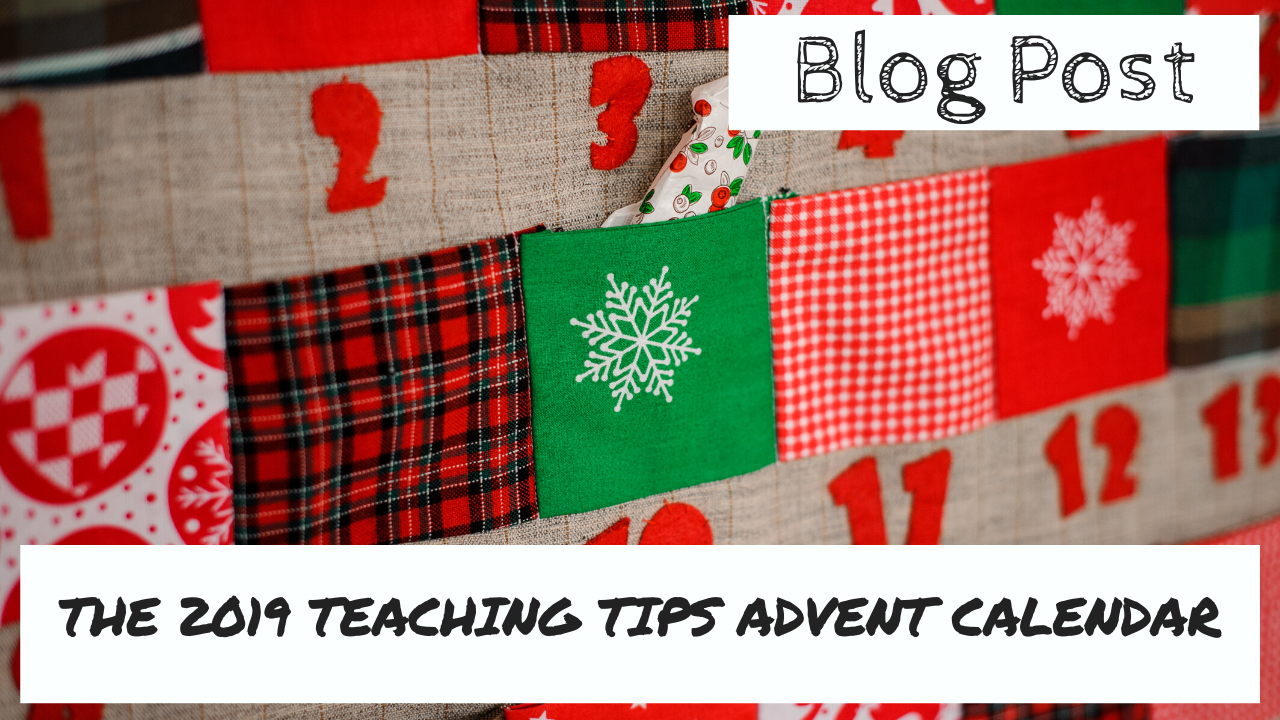
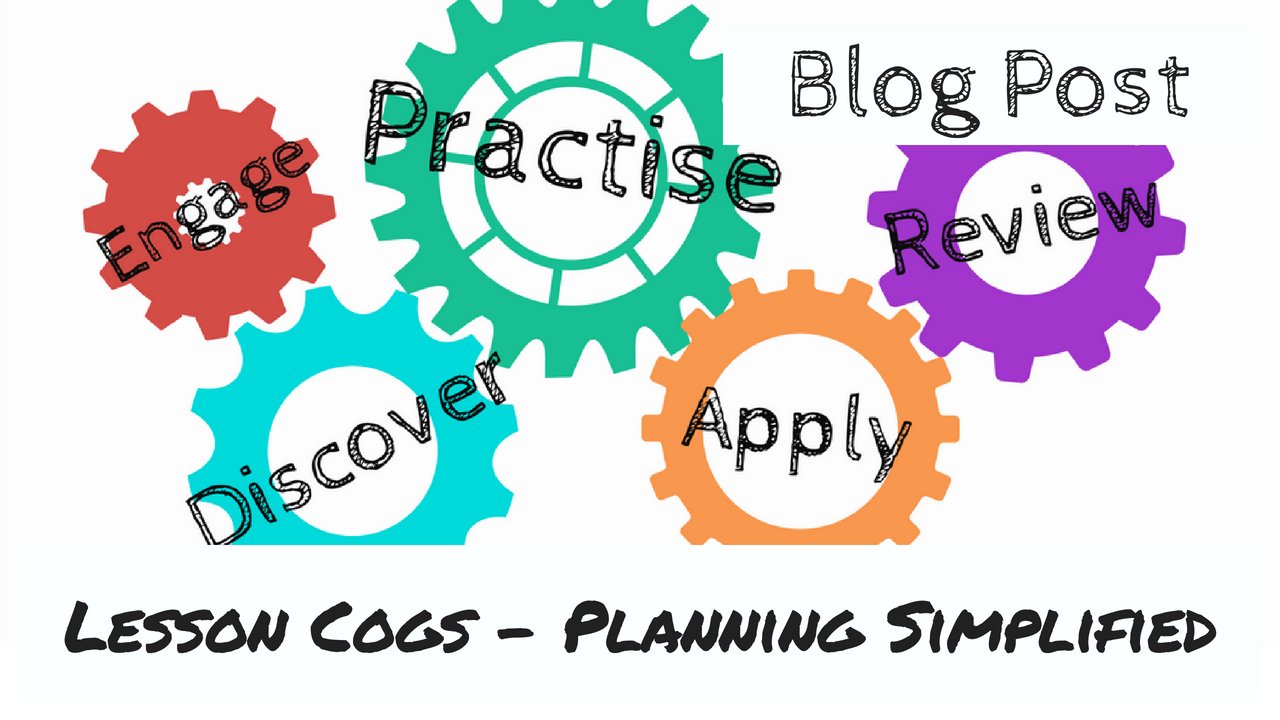
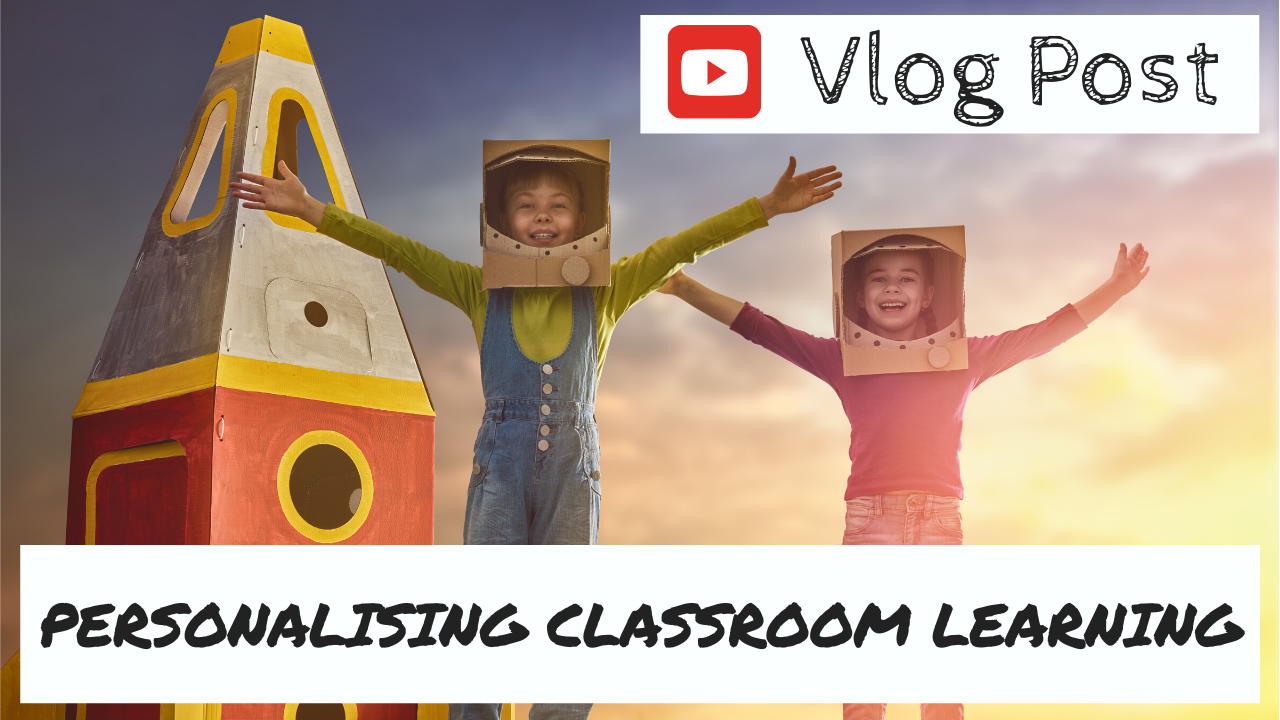




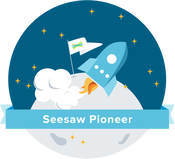
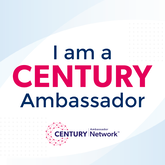
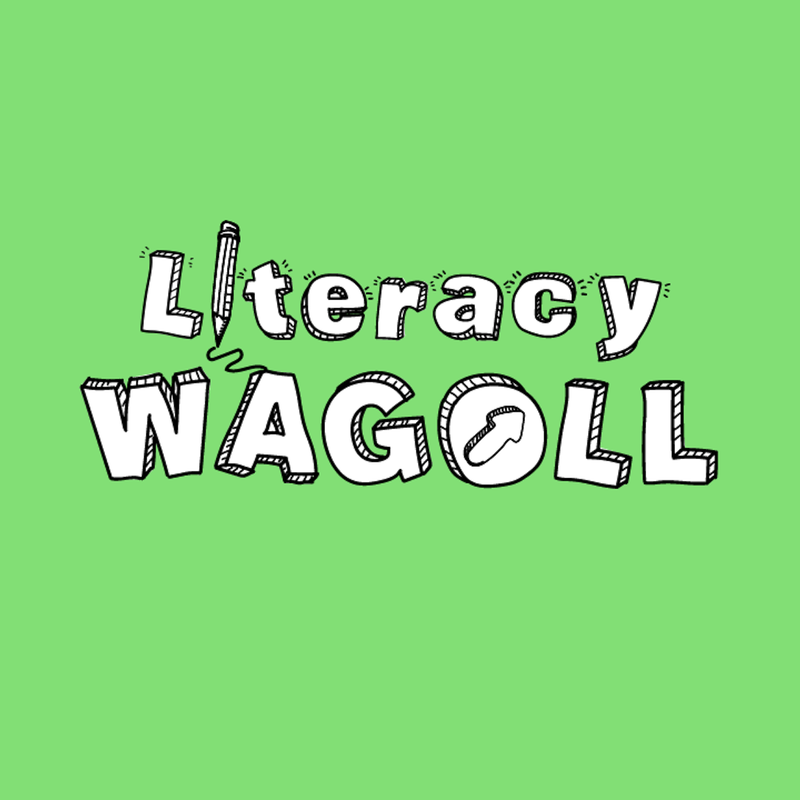
 RSS Feed
RSS Feed
